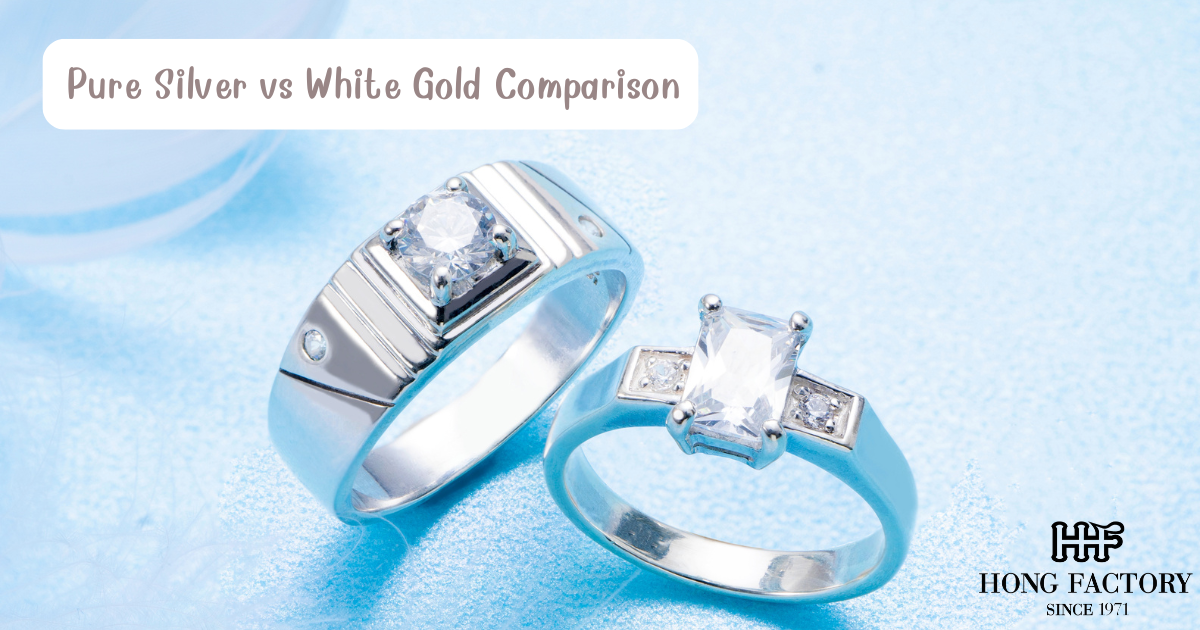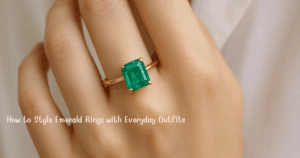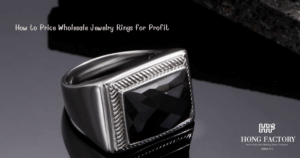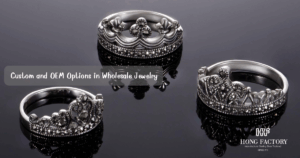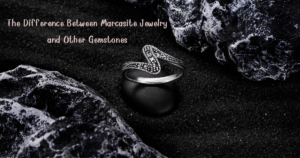In the world of fine jewelry, two metals often compared are Pure silver and white gold. Both are admired for their shine, elegance, and timeless appeal. However, while pure silver is celebrated for its authenticity and affordability,
white gold is often seen as a symbol of luxury and prestige. Understanding the key differences between these two metals helps buyers make informed decisions when choosing jewelry for everyday wear, investment, or special occasions. Jewelry wholesale thail and
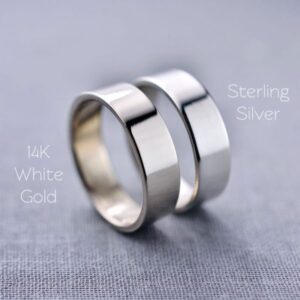
What is Pure Silver?
Pure silver, also known as fine silver, is composed of 99.9% silver with only trace elements. Its qualities include:
- A bright, natural white shine
- Hypoallergenic properties, ideal for sensitive skin
- High malleability, allowing artisans to shape it easily
- Prestige as one of the purest precious metals
While pure silver is admired for its brilliance and authenticity, it is softer and less durable than alloyed alternatives.
Pure Silver in Jewelry
Pure silver perception
When people hear Pure silver, they often associate it with high purity and collectible value. In jewelry, pure silver is typically used for:
- Earrings and pendants
- Minimalist or lightweight designs
- Collectible pieces and special edition items
Although less durable than sterling silver or white gold, pure silver jewelry appeals to those who value authenticity and purity.
What is White Gold?
White gold is an alloy made from yellow gold mixed with other metals such as palladium, nickel, or silver. Its characteristics include:
- A luxurious white finish, often enhanced with rhodium plating
- Greater durability than pure silver
- Higher prestige due to its gold content
- A higher price point compared to silver
White gold is commonly chosen for engagement rings, wedding bands, and luxury pieces.
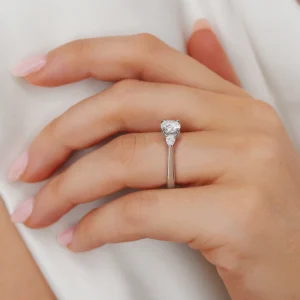
Pure Silver vs White Gold: Key Differences
- Composition: Pure silver is 99.9% silver, while white gold is a mix of gold and alloy metals.
- Durability: White gold is stronger and better suited for daily wear, while pure silver is softer.
- Price: Pure silver is more affordable, while white gold is significantly more expensive.
- Appearance: Both have a bright white shine, but white gold often retains its luster longer due to rhodium plating.
- Value: Pure silver holds intrinsic value but is less prestigious than white gold.
These differences make each metal suitable for different consumer needs.
Why Choose Pure Silver?
Pure silver jewelry offers several advantages:
- Affordable luxury with authentic purity
- Hypoallergenic and safe for sensitive skin
- Easy to shape into artistic or minimalist designs
- Ideal for collectors and investors seeking intrinsic value
For buyers who prioritize affordability and authenticity, pure silver is a practical choice.
Why Choose White Gold?
White gold is favored for its durability and prestige:
- Excellent for engagement and wedding jewelry
- Strong enough for daily wear
- Luxurious appeal due to its gold content
- Retains value and status in the jewelry market
For those seeking luxury and long-term prestige, white gold is often the preferred choice.
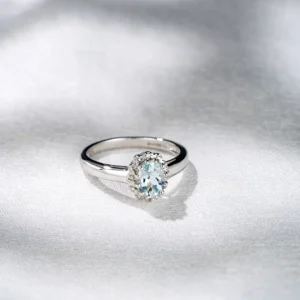
Caring for Pure Silver and White Gold
Both metals require maintenance to retain their shine:
- Pure Silver: Store in anti-tarnish pouches, clean with a silver polishing cloth, and avoid exposure to harsh chemicals.
- White Gold: Requires occasional rhodium re-plating, gentle cleaning, and proper storage.
With proper care, both metals can last a lifetime.
When comparing Pure silver and white gold, the choice depends on lifestyle, budget, and purpose. Pure silver offers authenticity, affordability, and timeless appeal, while white gold provides durability, prestige, and luxury. Whether for everyday jewelry, investment, or heirloom pieces, both metals hold unique value and continue to shine in the jewelry world.
